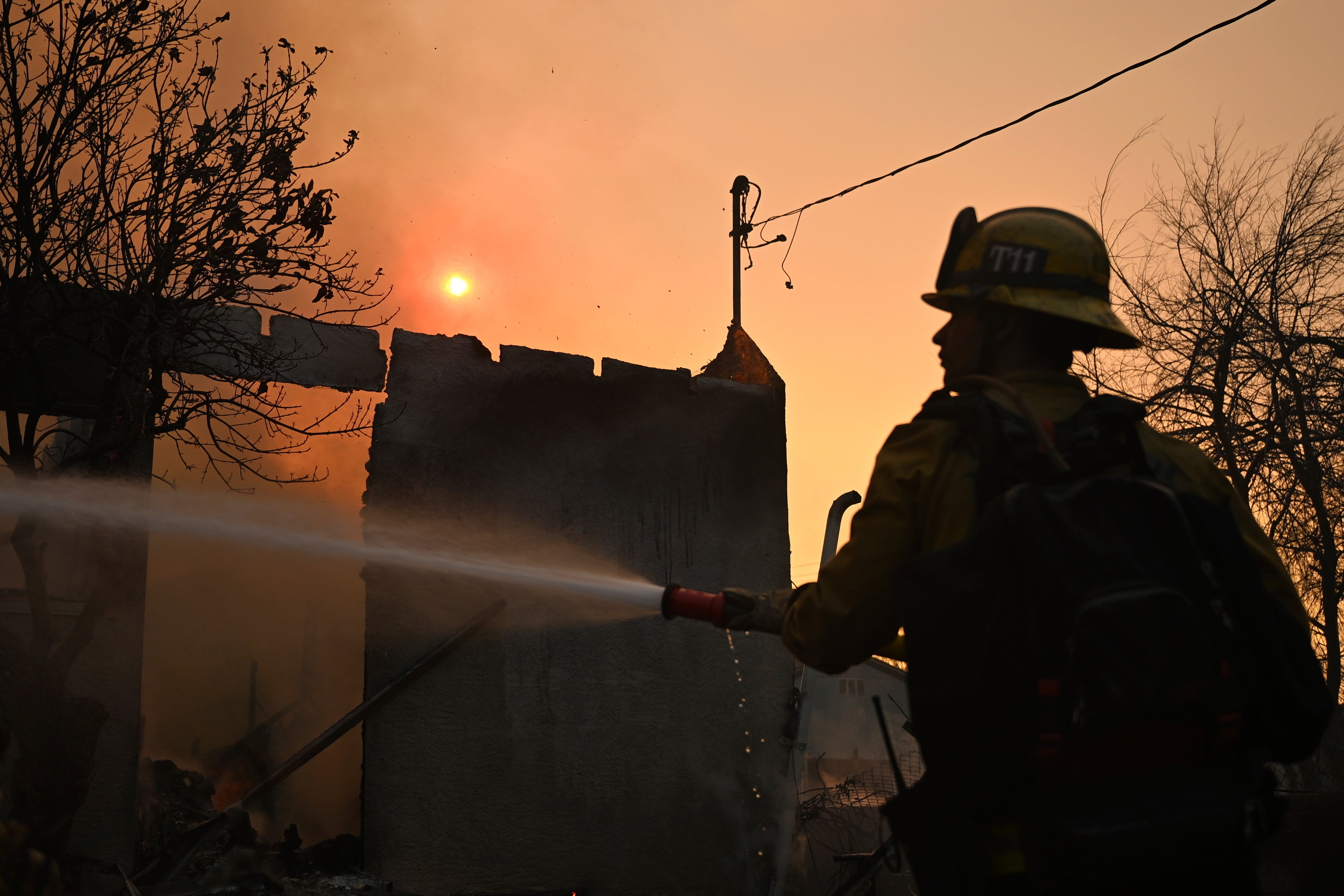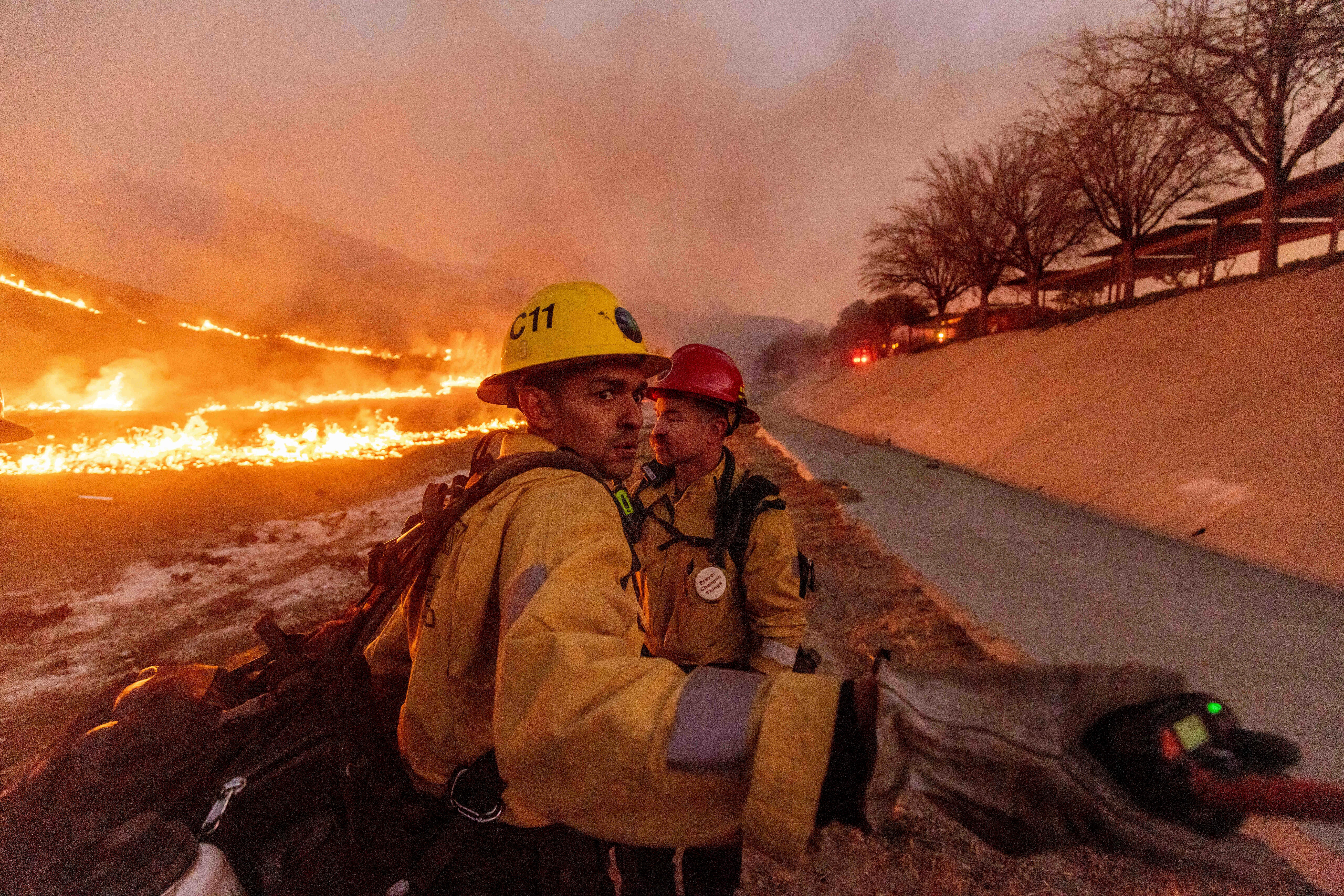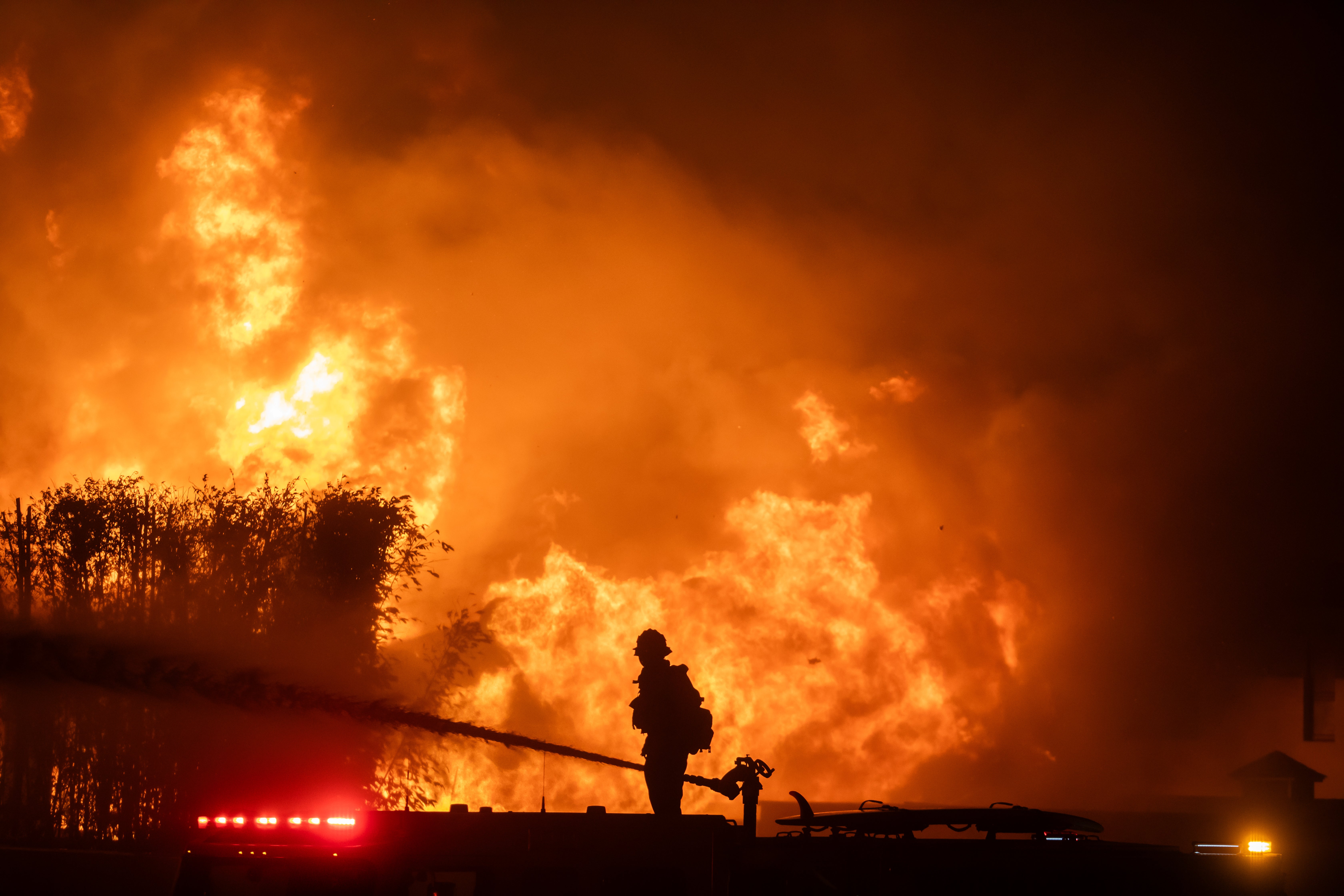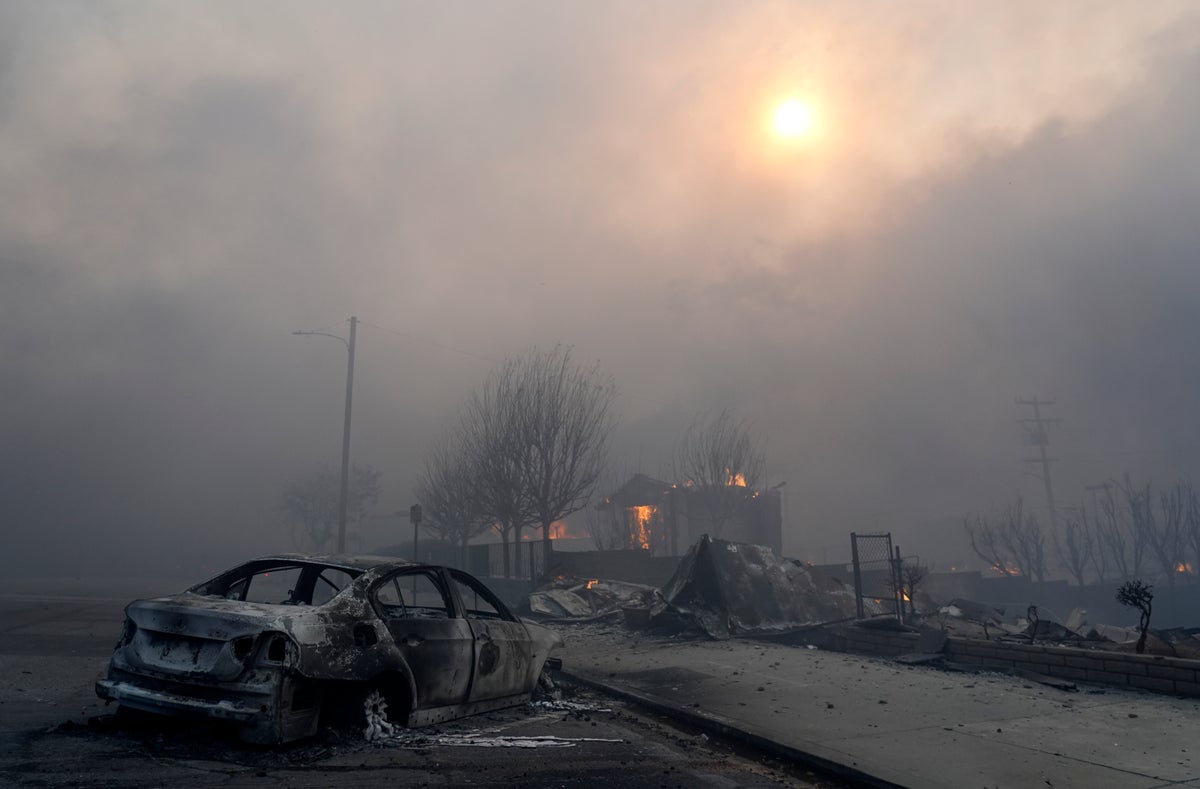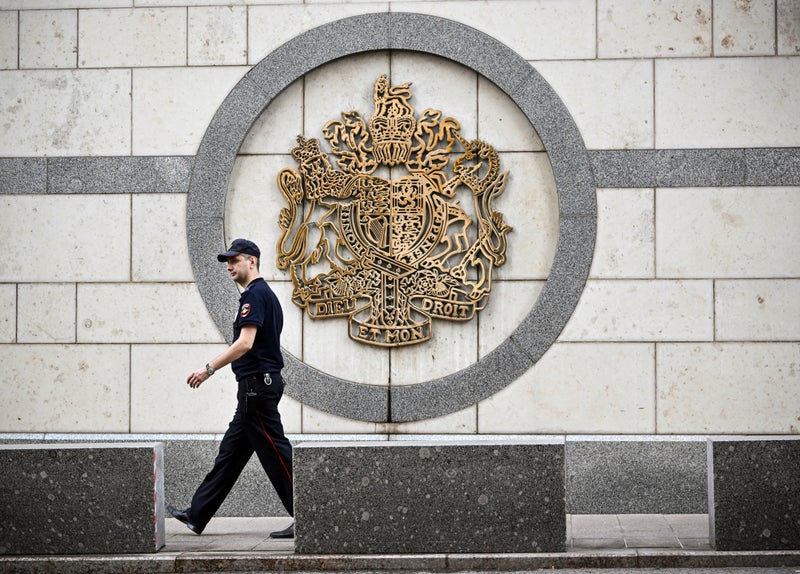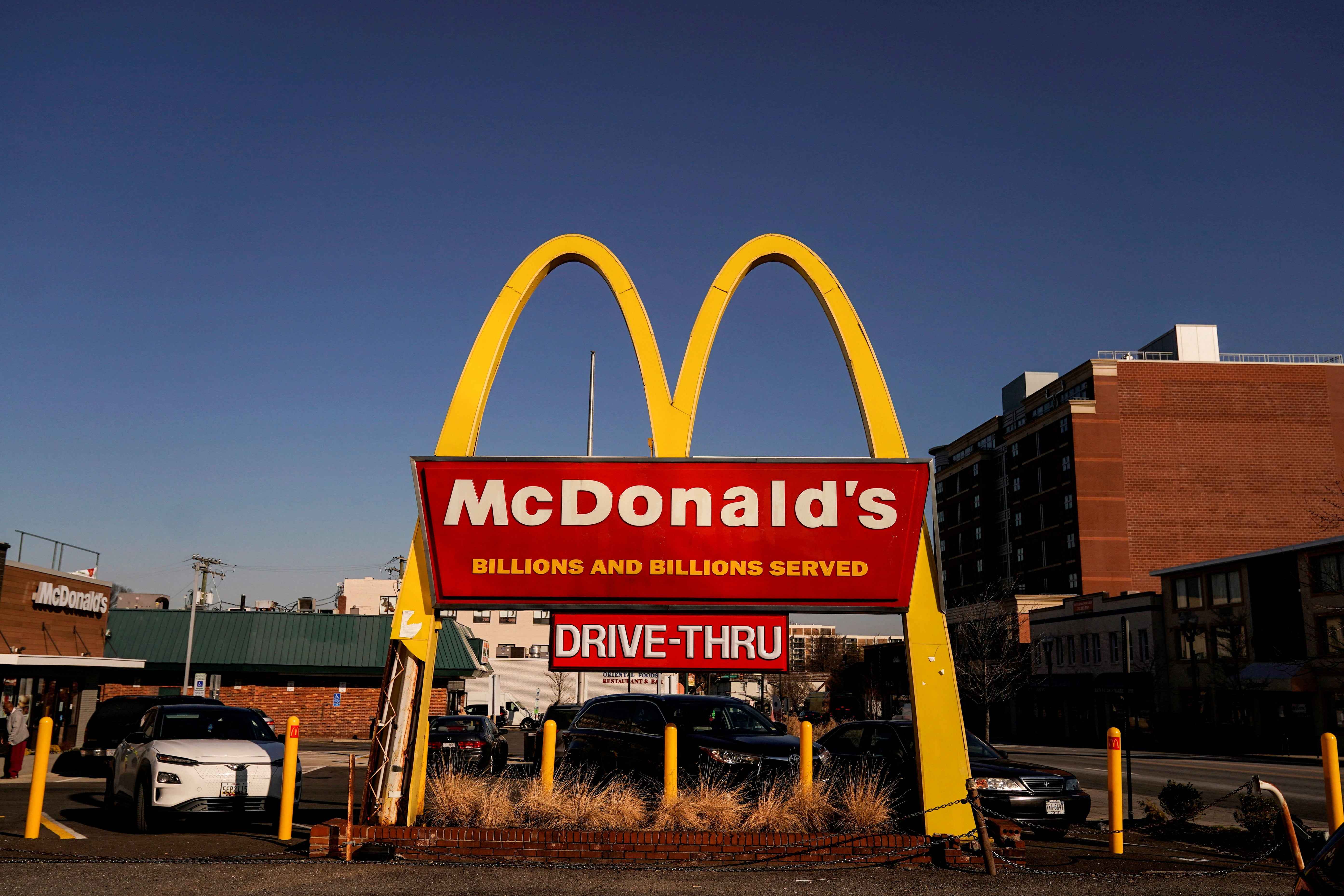Salt water can wreck a fire, but it can also wreck equipment and vegetation as well. Fire officials in Los Angeles have run into a serious snag while trying to contain the nearly half-dozen blazes threatening the city - questions about the water supply.
"Those hydrants are typical for two or three fires, maybe one fire. And then you have something at this scale," he told Anderson Cooper. Satellite imagery of the fires shows them burning only miles away from L.A.'s Pacific Ocean shoreline. How could firefighters run out of water when there's a massive body of it just down the road?.
The simple answer is: it's not that simple. Sea water, in theory, could be used to help a fire. But, its salty components can do more harm than good, which is why firefighters typically avoid using it unless absolutely necessary. Salt is corrosive, and it can damage metal equipment, including critical equipment in water dumping planes and fire pumps.
Environmental health is also a concern for fire officials considering the use of salt water for battling blazes. When salt water is dumped in large quantities on a fire, that salt has to go somewhere — typically, into the ground, or it's washed into nearby bodies of water.
Introducing large quantities of salt to areas with significant vegetation — as one might expect at the site of a wildfire — is almost always detrimental. Raising soil salinity — the salt content of an area's soil — makes it harder for plants to draw water and nutrients from the soil via osmosis. Salt can also make the soil toxic, hamper seedling growth and harm the general permeability — how easily water and nutrients can move through the earth — of the soil.
